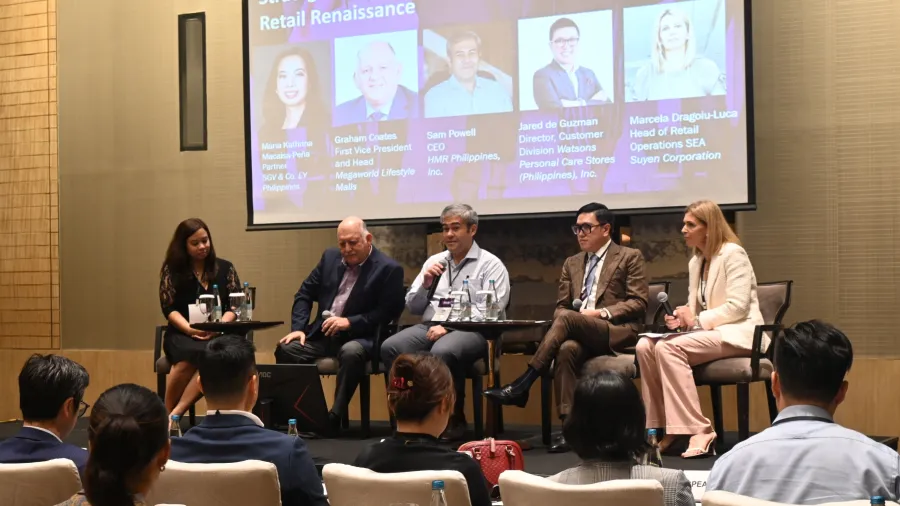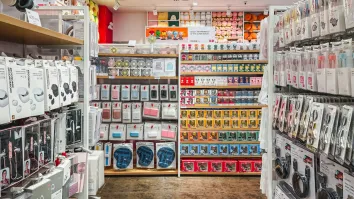
How businesses can navigate the ‘retail renaissance’
Knowing your customer base is key to boosting business operations.
Retailers can thrive in the “retail renaissance” by ensuring they know their target consumers whom they can leverage around for their innovations, and developing empathy for customers as shopping is driven by emotions, industry leaders shared.
In a panel discussion at the Manila leg of the Retail Asia Forum, Jared de Guzman, Director, Customer Division of Watsons Personal Care Stores (Philippines), Inc., said a “timeless” strategy retailers should always practice is to identify the primary customers.
For Watsons, customers are now using more social commerce and are spending less time going to stores. Its customers are also deemed impulsive. Retailers should also recognise the rise of the “for me culture” and ensure that they are creating meaningful and personalised experiences.
De Guzman added that retailers need to ensure that they share the same ideals with customers, noting that they are now picky with the brands they transact with as consumers uphold their ideals such as sustainability in their purchases.
Whilst Watsons is also aggressive with its omnichannel strategy even before the pandemic, de Guzman said that either online or offline, customers value sufficiency and availability, friendly and knowledgeable staff, internet connectivity, and efficient checkout.
If retailers are going to offer promo mechanics, De Guzman said they should ensure that the process is not complicated. Otherwise, no one is going to participate. Retailers should also avoid using jargon and long spiels, and avoid too many messages in stores.
Marcela Dragoiu-Luca, Head of Retail Operations SEA at Suyen Corporation, said retailers should recognise their internal challenges and invest in marketing research to identify consumer behaviour.
“It's very important to know what the consumer behaviour is, know its patterns, but also being able to anticipate that. Staying on top of the competition is also very key in research,” she said.
Maintaining competitive pricing amidst high costs is a must for retailers and they can do this by looking at different resources, she said.
Businesses should look at what remains the same: people coming back to the malls, noting that the footfall volume is now higher than pre-pandemic, said Graham Coates, First Vice President and Head, Megaworld Lifestyle Malls.
Coates said retailers and malls should also work together to embrace omnichannel and digitalisation, and ensure that shoppers are delighted whenever they go to malls.
“Our goal is to make sure that everybody is embracing the new technology, embracing the change. We will provide the overall ambience and the location, but we rely on our tenants also to have strategies that will delight their customers. If we all do that together, then we will see success,” he said.
Another challenge retailers should face head-on is to ensure that they are “at [their] best at [their] busiest.”
Seamless digital transformation
Sam Powell, CEO of HMR Philippines, Inc. said, there were a lot of lessons learned when the company transitioned to digital. Its auction arm is the first business unit that underwent a digital transformation.
First, they created an official platform where they made all the “fundamental mistakes” as they tried to adopt everything that they thought would be good in one platform.
However, upon evaluation, they found that a lot of the extra features that initially sounded good were not necessarily beneficial and sometimes confused customers.
“We recognise that the first thing you need to remember is who are you and who is your client base. Those are the two most important things you need to look at with any transformation,” Powell said.
In the end, they used the auction platform and integrated it with their retail platform.
“Rather than having two competing websites, it integrated all of our business units and sales channels. So retail option, wholesale and recycling were all put through one website,” he said, adding that it is crucial to make digital channels convenient and accessible for traditional customers.
Developing empathy
Dragoiu-Luca also said that it is vital for businesses to continue building relationships with their clients. This could be addressed by ensuring that your staff undergo training.
When she came to the Philippines, she noticed that the staff were well trained in product knowledge, but there was a need to hone their soft skills, particularly on how they can drive emotions within their customers when selling a product. This is advantageous to brick-and-mortar stores.
“How about if you present it to the customer and say: ‘When you see on the sofa, imagine the family surrounding you. You're celebrating Christmas with your friends in your living room. Everybody's laughing and everything is full of joy.’ For me, that's creating the emotion,” she said.
“Without the person knowing, you position the sofa mentally in their living room. You created the atmosphere and you transmitted that emotion… Now that's going to be associated with that item and that's how you create desire. Investing in team training and those soft skills is key,” she added.
Coates also urged retailers to develop “empathy” for customers, noting that retail is all about tactile experiences.
“Retailers have to innovate and come up with new categories [and] new products. We're doing the same in the mall. We're doing that because our customers are expecting it and we know that that's our competitive edge,” he added.



















 Advertise
Advertise








